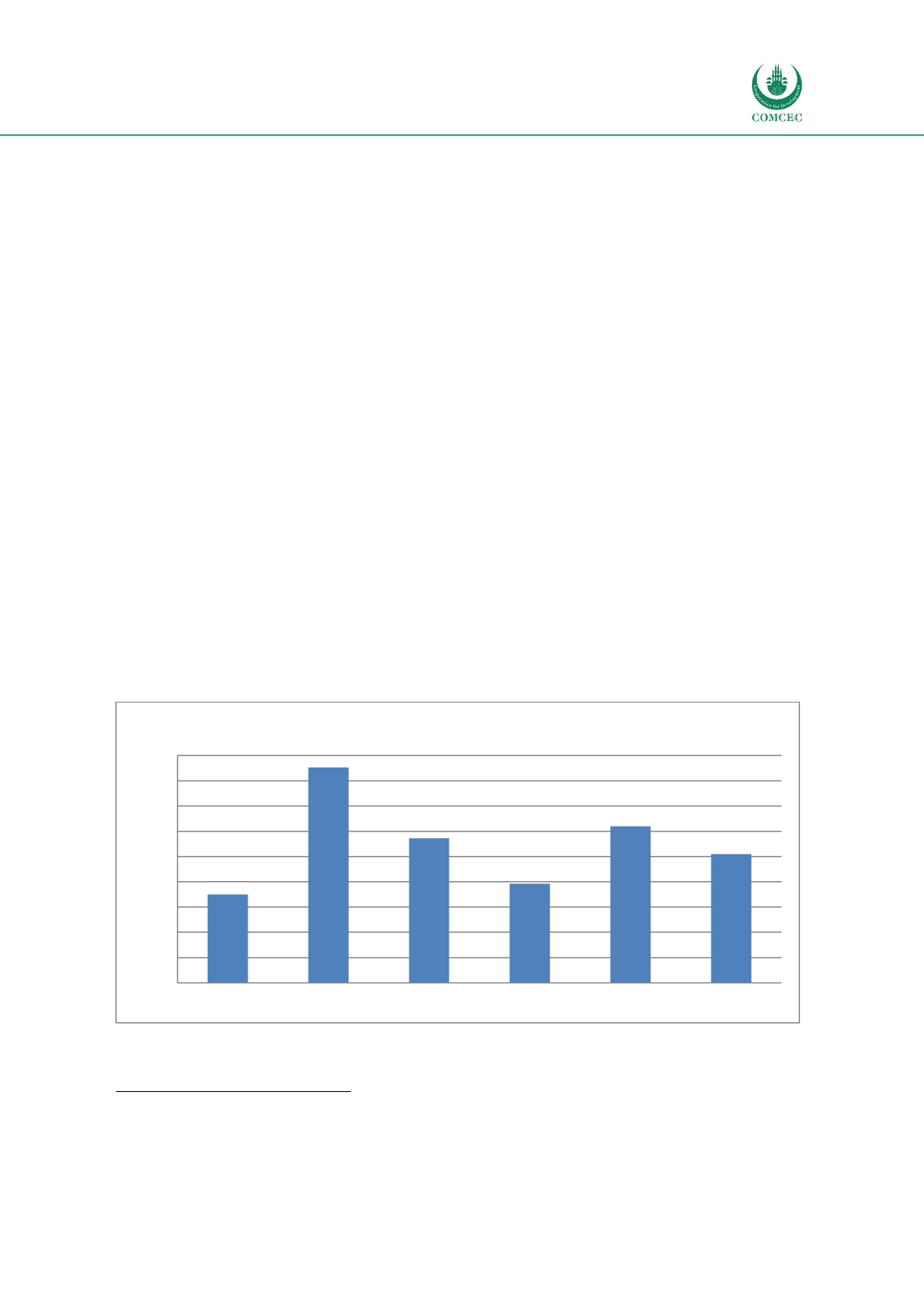

Improving Customs Transit Systems
In the Islamic Countries
67
anticipation of the information provided by the system. This will allow for more precise ex-ante
and ex-post controls, also supporting transparency and predictability at the borders.
Furthermore, it supports regional integration, overcoming current border bottlenecks and
promotes the spirit of cooperation among participating countries and the free movement of
goods in the region, encouraging inter-institutional cooperation with harmonized processes and
documents and shared infrastructure.
2.2.2.8
Before and after the TIM
The reduction in goods delivery costs has changed the modus operandi with a 27% reduction in
these costs and led to an increase in exports; their value is rising to 5.1 billion USD dollars in
2015. 45% of these exports were destined for countries in the region.
The TIM-led modernization process has impacted the growth rate of exports subject to this
regime, which has been 2.7%higher than for exports subject to standard transit procedures. The
TIM has also led to an increase in firms' exports, which is clear from the number of shipments
made. More specifically, in 2015, approximately 2,300 exporters made more than 400,000
shipments to sell 3,277 products to almost 9,300 buyers. One of the findings worth highlighting
is that the benefits recorded have been heterogeneous across exports, with perishable goods
having benefited more from transit facilitation than others. 26% of total export value and 28%
of export transactions were channeled through the TIM in 2013
68
.
Figure 12: TIM users (transport companies) statistics
Source: Authors’ own compilation
68
Economic Intelligence Directorate (SIECA) - TIM statistical data
1749
4262
2862
1961
3102
2547
0
500
1000
1500
2000
2500
3000
3500
4000
4500
Costa Rica El Salvador Guatemala Honduras Nicaragua Panama
TIM users (transport companies)
















